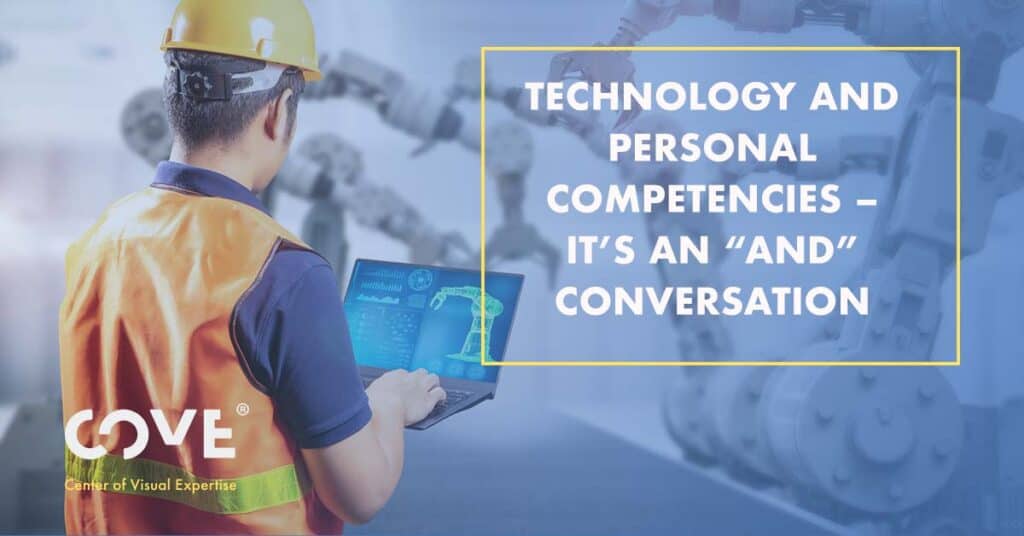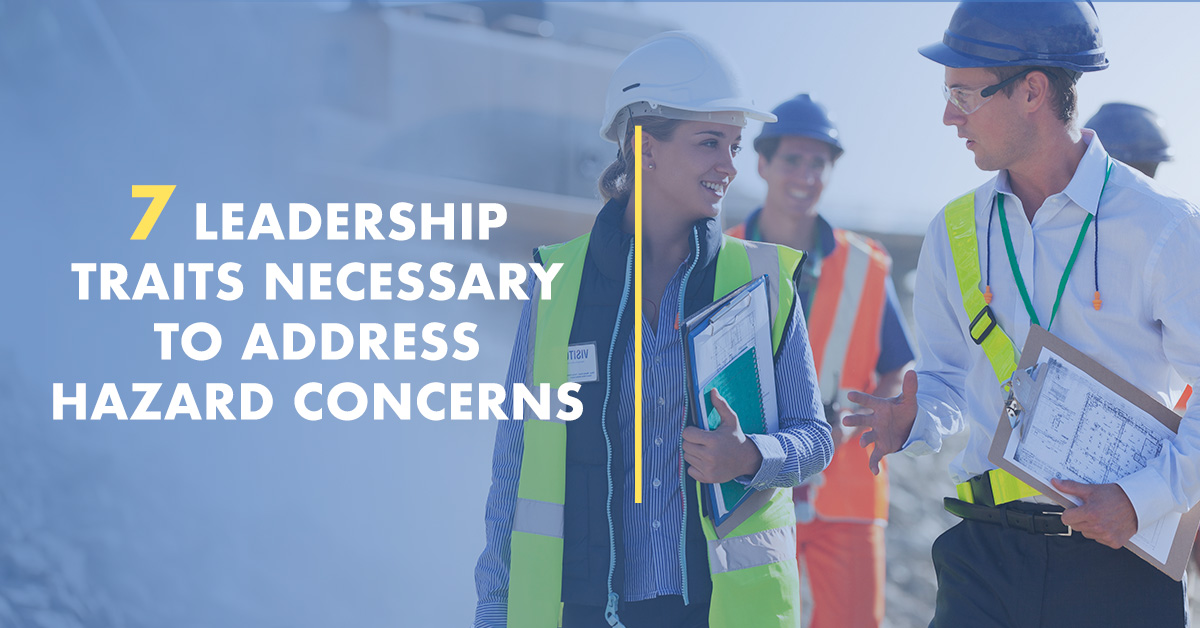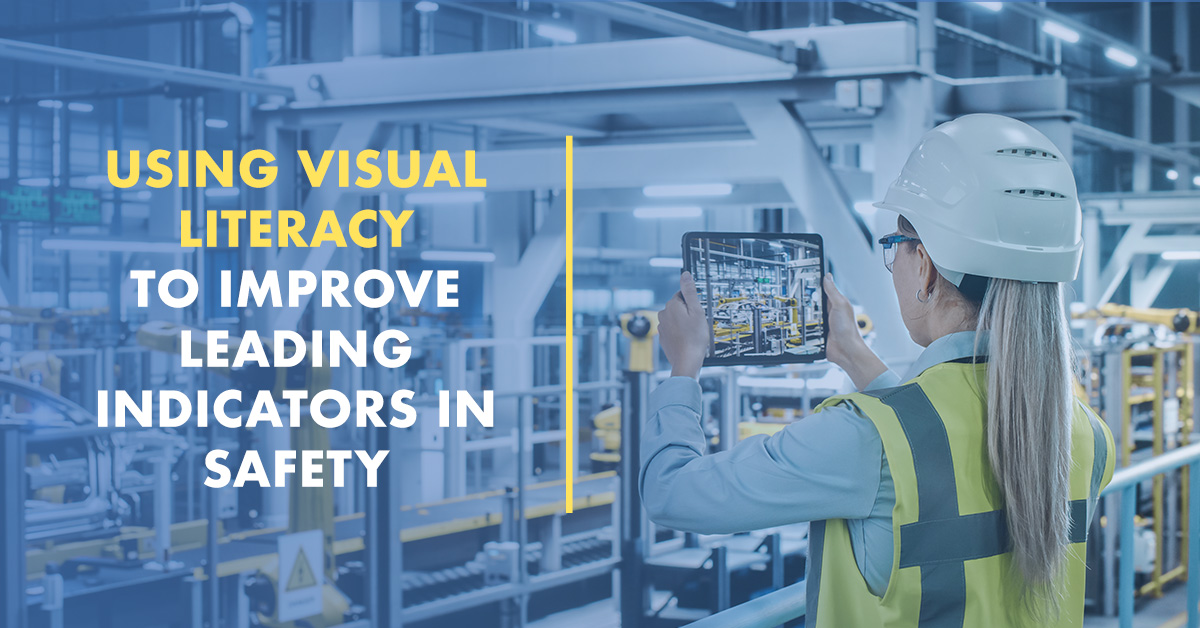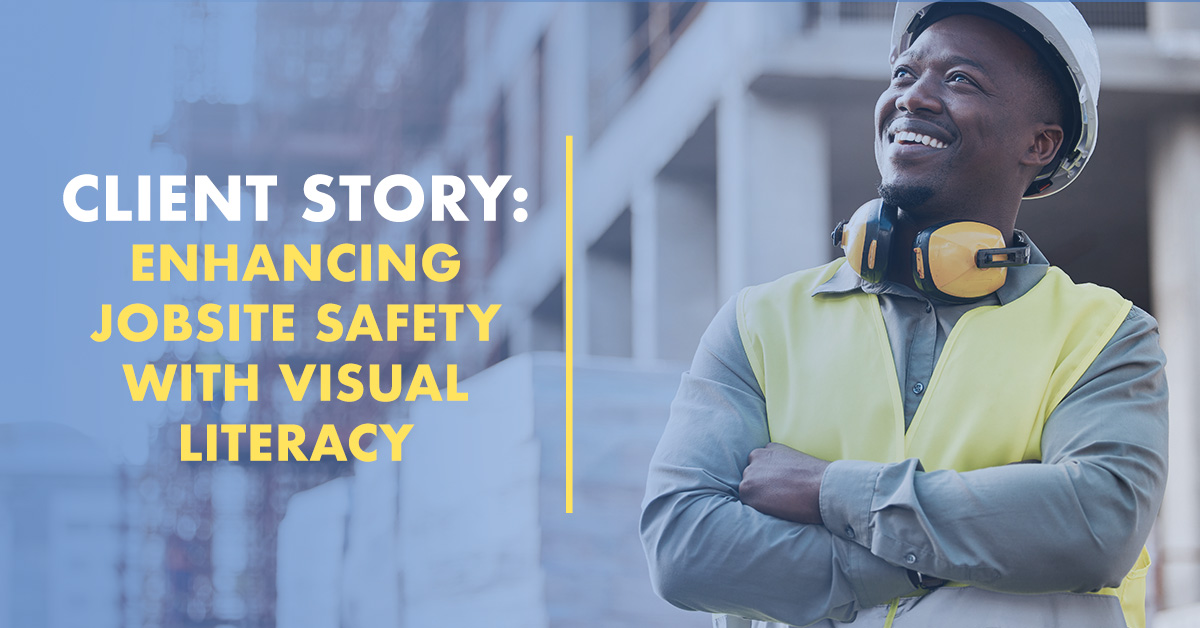Most safety discussions today are dominated by technology discussions. This is a positive thing. Many organizations are looking to technology to solve age old safety issues, and new safety issues that are also developing. Again, this is a positive thing. But COVE believes that the conversation needs to be broader than just technology. We need to continue to develop personal skills and competencies that complement our application of technology and continue to build human capability to work safely.
The path that we are seeing with technology is incredible. We can collect more data than we ever thought possible. We can use that data to provide valuable inputs to our safety processes and gain insights that were difficult to assemble in a timely manner previously. Robots and various forms of automation can be utilized to perform respective tasks and even replace humans doing dangerous work. Sensors can help anticipate physical and mental comprises that may lead to errors and injuries. Virtual and augmented reality can be leveraged to improve training by placing employees in new situations and environments to practice the actions that need to be taken without placing them in harm’s way to learn. In the broadest context, technology offers solutions that can overcome the challenges humans face in executing many tasks without risk of error or harm.
There remains, however, gaps in where and how long it will be until technology offers all the solutions necessary to keep us safe. Many organizations are piloting various solutions in their facilities but scaling them to apply to many if not most of the human/hazard interface remains years away. In the meantime, we must continue to build human competencies to work safely. We can’t stop our investments or limit our investments in skill building in favor or only technology-based investments. This is why this is an AND conversation. It is critical that we seek technological solutions and build human competencies at the same time.
There remains human competencies and skills that are important – with or without technology. We need to be able to process visual inputs effectively. We must be able to understand the meaning of the various data points and inputs we are receiving. We need to be good critical thinkers, problem solvers and communicators. We need to have empathy and caring for others to be able to do the work that we do effectively. We are not in a conversation about whether technology alone is the answer. We are also not able to say that building additional human competencies alone offers us the best solution. It is the combination of the two that creates the best actionable model for us today. It is the AND that matters.
When we think of personal competencies that remain important to us, we should think beyond what has become table stakes in our world today. Surveys that have been done over the past few years now value behavioral skills over technical skills for most employees. What isn’t table stakes is the ability to take inputs and think critically about what they mean and arrive at solutions that matter to keeping people safe. This takes good critical thinking skills, problem-solving and communication. Visual Literacy training provides skill development in these areas.
If you are not familiar with Visual Literacy, it is simply all about what we see, what it means, and what actions we take as a result. By applying a set of simple tools to our everyday activities, we improve what we see in both quality and quantity. By improving what we see, we improve our interpretation of what we are looking at. And the better our interpretation, the better the actions that we take will be. We become better critical thinkers and problem solvers. We learn to communicate more objectively and in terms that our co-workers will understand. Ultimately, we improve the inputs to whatever process we are involved in resulting in much better outputs including business impact.
If our investment of time and money is only focused on technology and not on growing the personal capabilities of our people, we will limit our impact to only what and where technology is applied. If we balance our investment of time and money between technology AND personal competencies including Visual Literacy, we will be more successful in our application of technology and where technology is either not available or not applied. A balanced investment will generate the best results.
Webinar Recording: The Importance Of Technology And Personal Competencies In Saving Lives




